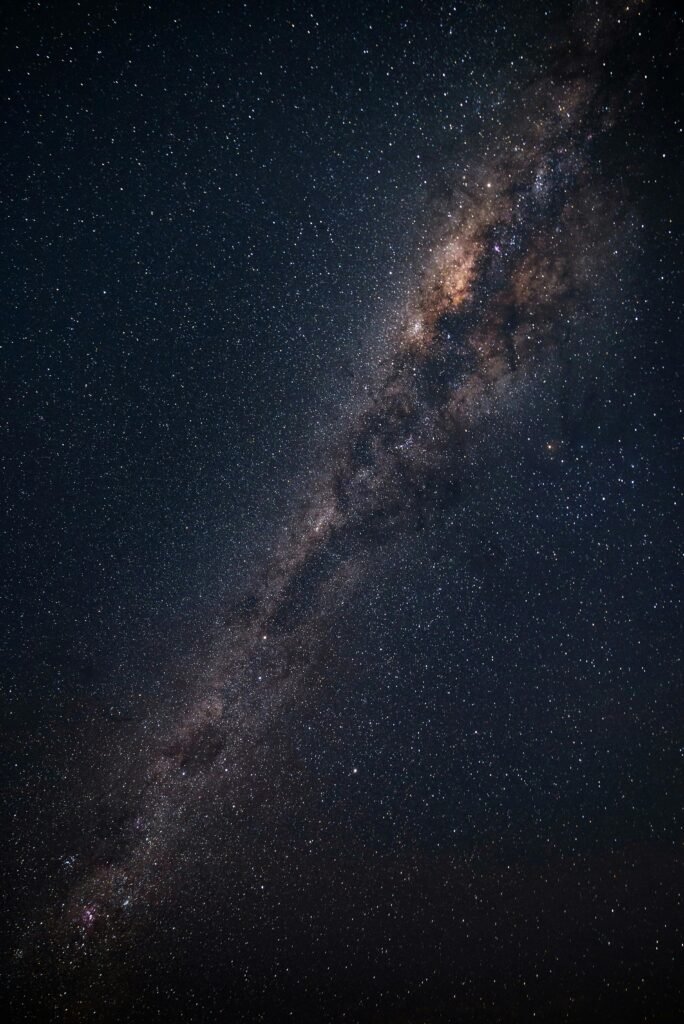Table of Contents
How many planets are there in our solar system? As of 2024, the answer to this question is 8. But what if I tell you, that there is a 9th planet, lurking out there, just waiting to be discovered? And no, when I say ‘9th planet’, I’m not talking about Pluto, which was reclassified as a dwarf planet in In fact, it may just be a matter of time before we unravel the mysteries of this undiscovered realm.

How we know that the 9th planet exists
Before getting to know about the 9th Planet, or Planet X, as it is sometimes referred to, we have to shift our focus to the 7th planet – Uranus. Uranus was discovered by accident in 1781, when William Herschel was searching for comets in the night sky. When its orbit and trajectory were calculated by Urbain Le Verrier using Newton’s laws, the path of Uranus seemed to be deviating from the expected trajectory. This could be because of two reasons – either Newton’s laws are inconsistent, or there is another celestial body out there, due to the gravity of which Uranus’ path was deviating.
Upon further calculation, the position of this body was determined. Thus, Neptune was discovered. It took just 1 hour to discover Neptune after the calculations, as they knew exactly where to look. But after calculating Neptune’s path, it too, like Uranus, seemed to be deviating from the expected path. Could this mean that there is another planet out there, altering Neptune’s course? After further calculations, the minimum mass of the 9th planet was determined, which was required to satisfy the equations.
It wasn’t until 1930, that the next breakthrough came. Pluto was discovered. Up until a few years ago, it was believed that Pluto was this mysterious 9th planet, which was deviating Neptune’s path. But when Pluto was observed up close, its mass was found to be extremely less than expected. So Pluto could not have affected Neptune’s path in any way whatsoever. The search for the mysterious 9th planet continued.
After the records of calculations were checked, it was found that at the US Naval Observatory, the telescope used to take the measurements was cleaned before the measurements were taken, but no calibration was done, which resulted in faulty measurements. If these incorrect values were ignored, then the position of Neptune would be exactly where it was supposed to be.
However, this was not a false alarm, as this was not the end of the search for the 9th Planet.
Just like the belt of asteroids located between Mars and Jupiter, there is a belt of asteroids made of ice and dust located beyond Neptune. This is known as the ‘Kuiper Belt’. Around 2000 KBOs (Kuiper belt objects) have been found so far. Few of these objects have peculiar orbits – few are highly elliptical, few revolve in opposite direction around the Sun as compared to other planets etc. This cannot happen unless there is another object out there influencing the motion of the KBOs. Thus, we are almost certain that there is a 9th planet out there. In fact, astrophysicists Mike Brown and Konstantin Batygin give a 99-99.6% probability of the existence of a 9th Planet.
What we know about it
After calculating the possible characteristics of the 9th Planet, it was found to be somewhere between 5 and 10 times more massive as compared to Earth. This mysterious Planet X revolves around the Sun in a highly elliptical orbit, completing 1 revolution in 10,000-20,000 years.
On its closest approach, it is more than 30 billion km away from the Sun; its furthest approach is more than 180 billion km from the Sun. After a certain distance from the Sun, it is very hard to see celestial objects — even with the help of telescopes. Thus, looking for Planet 9 using telescopes truly seems like finding a needle in a haystack.
Infrared imaging detects the heat emitted by an object to find objects. However, using infrared imaging seems futile as well, as it is located far from the Sun, thus not giving out enough infrared rays to be detected even by the JWST. Click here to read our article about the JWST.
Alternative possibilities
However, the 9th Planet that I have been referring to may not be a planet after all. There is a small chance that it may be a very small black hole. If it is so, then it would be the 1st black hole ever detected in our solar system.
This “9th planet” could also be a rogue planet (planet not orbiting any star) caught in the Sun’s gravitational field, which could explain its position and peculiar orbit.
Another hypothesis suggests that the 9th planet may even be discovered, but not identified yet. Galileo observed Uranus in 1612 — 169 years before its discovery. However, Herschel is credited with the discovery as he first identified it.
Click here to read more about the 9th Planet.
Conclusion
Scientists estimate that 9th Planet will be discovered by 2030. It is just a matter of time before this world of mysteries is discovered. For now, all we can do, is wait and watch as history is created before our eyes. What do you think this world, hidden in the depths of the cosmos, might contain? Let us know in the comments below.

Very informative and interesting write up. Rally liked the website , logo and simplicity and friendly user interface.
I congratulate you all for your website .
Very informative.Good start…More astrophysics details can add more value..keep reading.tag line is very good